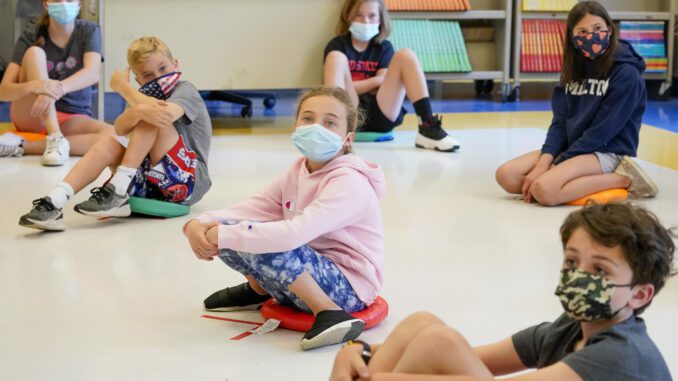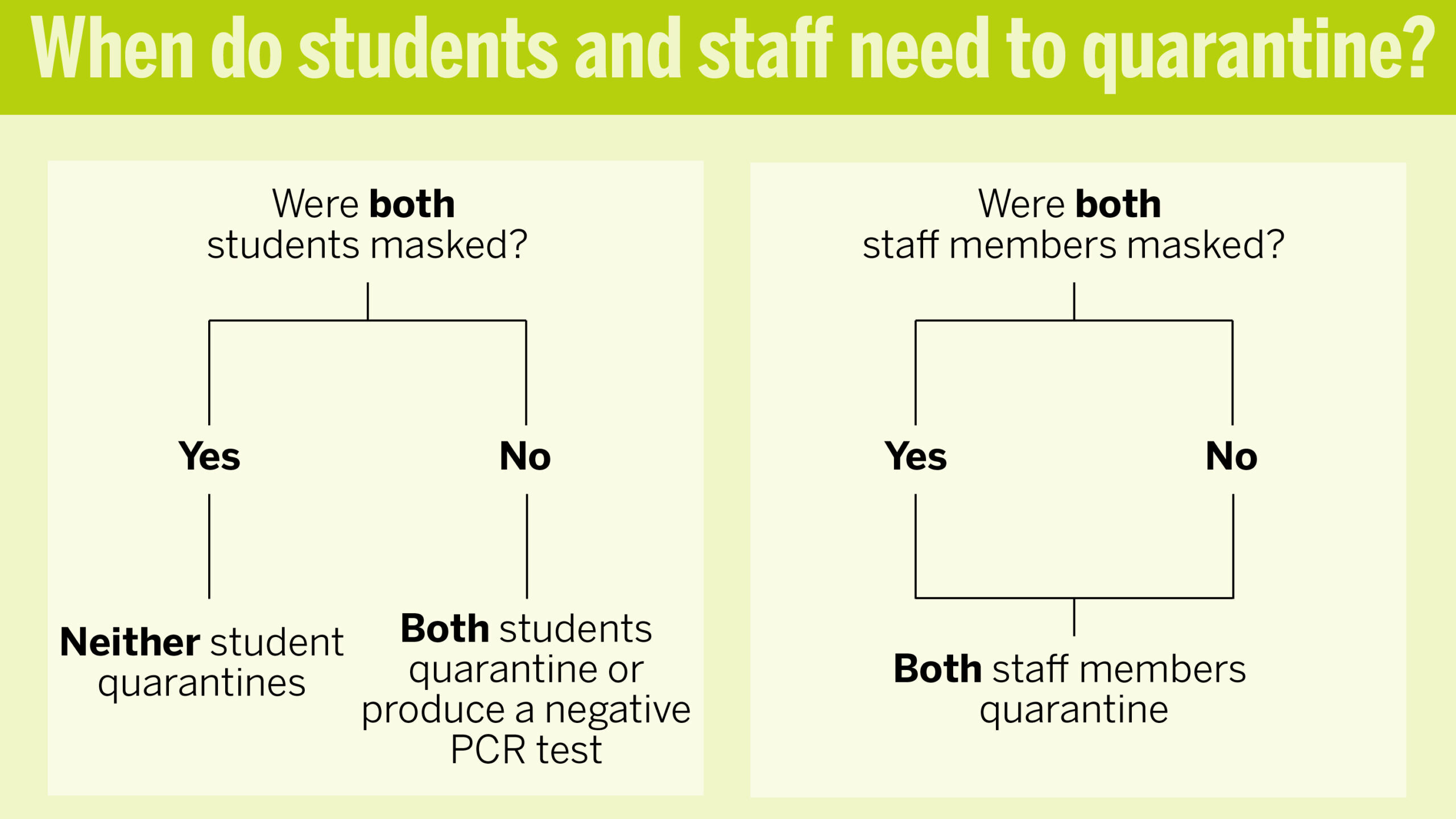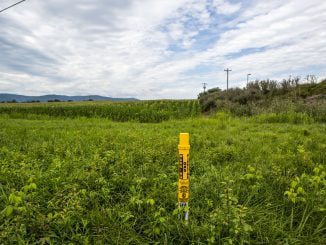
RALEIGH — Last month, the StrongSchoolsNC Public Health Toolkit produced by the N.C. Department of Health and Human Services (NCDHHS) updated its COVID-19 quarantine processes for K-12 public schools.
Parents have often found those changes confusing and, in some cases, district communications about the changes were unhelpful. Here’s a quick look at the process, with masks playing a key role in the toolkit’s changes.
Based on the toolkit’s update, mask wearing can reduce or eliminate the need to quarantine when it comes to the question of exposure, or “close contact” with a person who has a suspected or confirmed case of COVID-19.
The toolkit defines “close contact” as being “physically exposed within 6 feet of another person for 15 minutes or longer cumulatively, within a 24-hour period.”

The toolkit lists three exceptions to quarantining:
- Individuals who are fully vaccinated and do not have symptoms do NOT need to quarantine after a close contact. Individuals should get tested three to five days after exposure and wear a mask around others until receiving a negative test result.
- People who have tested positive for COVID-19 within the past three months and recovered and do not have symptoms do NOT have to quarantine.
- Students who are not fully vaccinated, after a close contact in a classroom or other school setting if masks were being worn appropriately and consistently by both the person with COVID-19 and the potentially exposed person, do NOT need to quarantine. This is based on updated CDC guidance and studies that have shown extremely low risk of COVID-19 transmission in classroom settings when face masks were being used appropriately by both the person with COVID-19 and the potentially exposed person, as well as multiple layers of prevention measures in place to prevent transmission in school settings. This applies to exposures in classrooms, other in-school settings, and school transportation but does not apply to exposures during extracurricular, including athletic, activities. This exception does not apply to teachers, staff, or other adults in the indoor classroom setting.
What does all of that mean for K-12 students and staff?
If students are/were all wearing masks when exposure occurred, the CDC and the toolkit say there is no need for those students to quarantine.
What parents and the public have found confusing is that, without explanation, the same set of quarantine rules for masked students who were exposed does not apply to teachers, staff or adults. As of yet, NCDHHS has not explained this discrepancy.
There has also been confusion around the toolkit’s expansive chart with multiple types of quarantining scenarios based on diagnosis, symptoms and exposure.
The NCDHHS quarantine chart, which begins on page 17, states that “NCDHHS recommends that schools not require an individual who is fully vaccinated (at least two weeks after getting their second dose in a two-dose series or one-dose of a single-dose series) or tested positive for COVID-19 in the past three months to quarantine if they have had no symptoms after being a close contact to someone with COVID-19, and they do not live in a congregate setting (such as a shelter).”
While the quarantining chart repeatedly states that the “person is not required to have documentation of a negative test in order to return to school,” parents have reported some districts are requiring proof of a negative test to return.
Getting put into quarantine is easy, getting out is quite a bit harder, usually involving proof of a negative PCR/molecular test.
The toolkit says that someone with symptoms of COVID-19 “may return to school IF the negative test was either (1) a negative PCR/molecular test or (2) a negative antigen test AND the person has a low likelihood of SARS-CoV-2 infection.”
The low likelihood of infection is defined as no known or suspected exposure to a person with COVID-19 within the last 14 days or is fully vaccinated or has had a SARS-CoV-2 infection in the last three months.
Many districts, like Wake County Schools, have lengthy “return to school” procedures and are sending kids home if they display any of the symptoms associated with COVID-19, many of which are vague and symptoms of other illnesses.
“Someone experiencing any symptom of illness not related to an already documented medical condition must be sent home, even if they don’t have a COVID-19 diagnosis,” reads the Wake County Schools website.
Wake County schools allows students back in the classroom if they receive an alternate diagnosis and/or a negative PCR test. Antigen home tests kits are not being accepted on their own by the district in order for students to return to class. In Wake County schools, if neither an alternate diagnosis nor negative test are provided, the student has to quarantine for at least 10 days.
Parents should refer to their own district websites for information on quarantining and return to school policies.



